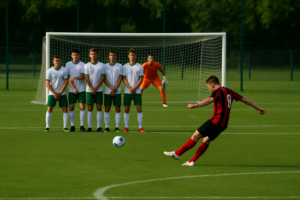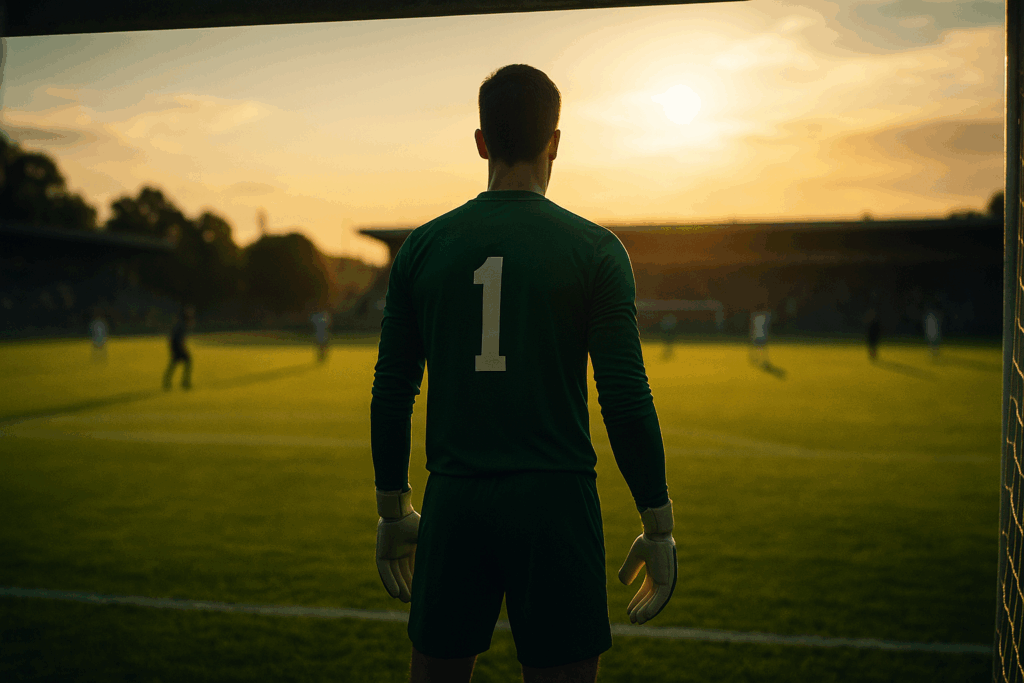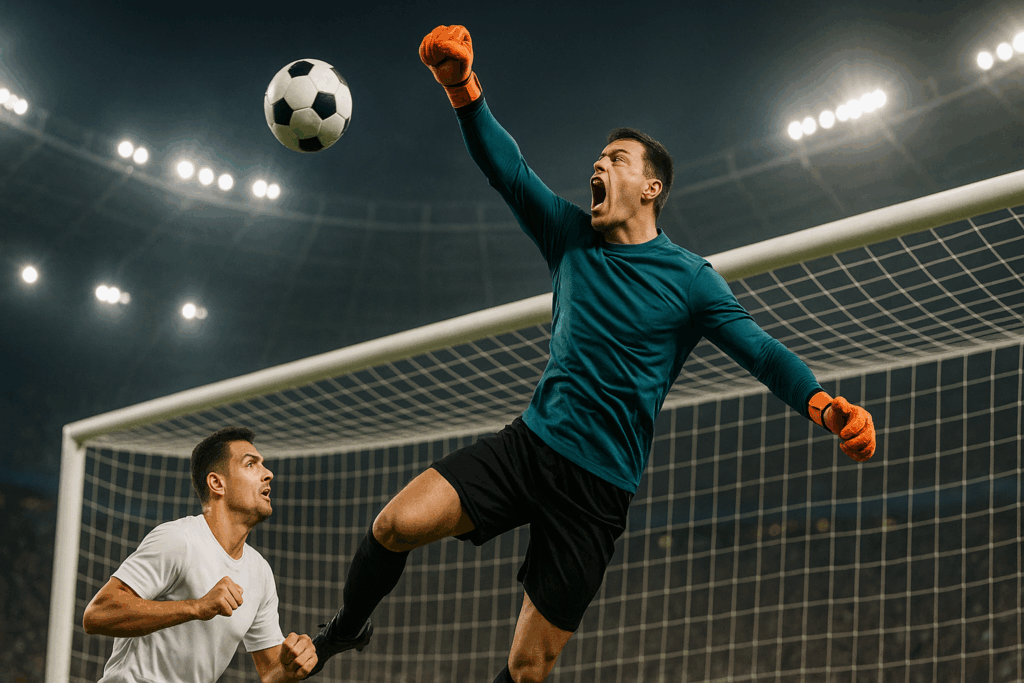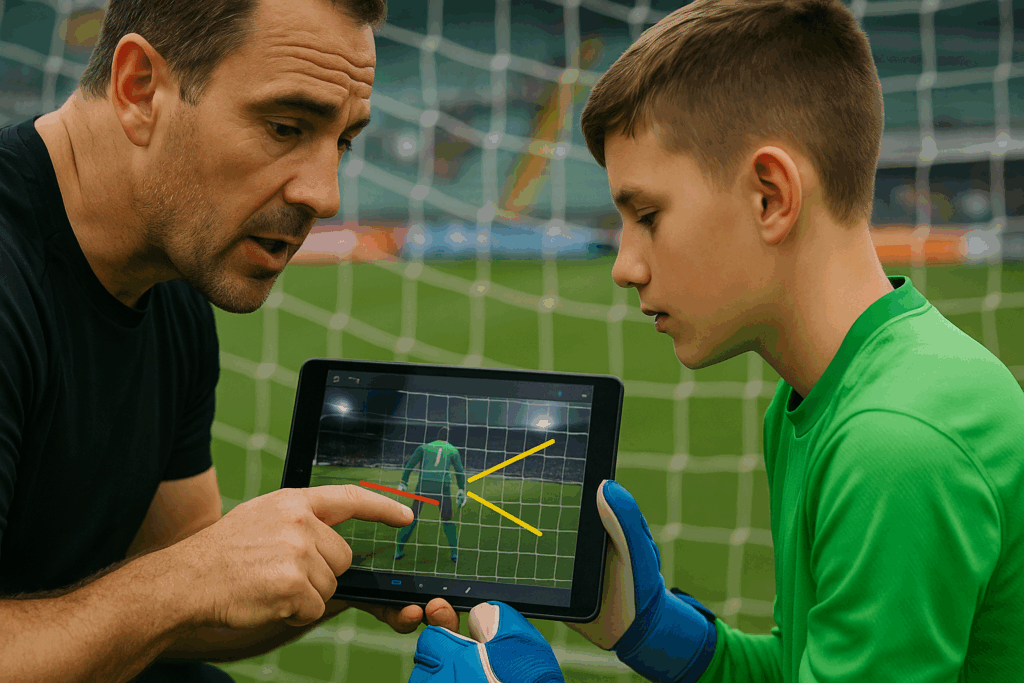
He is the last bastion, the first attacker, often the loneliest, but also the most decisive player on the pitch: the goalkeeper. While club football often focuses on outfield play, specialized goalkeeper training frequently falls short. But the days when it was enough to put a "good catcher" in goal are long gone. The modern goalkeeper is a complex athlete whose abilities extend far beyond just saving shots and who actively shapes the game.
This comprehensive guide dives deep into the world of modern goalkeeper training. We break down the complexity into understandable components, present the best goalkeeper drills with detailed step-by-step instructions, and show how video analysis – especially with specialized tools like a behind-the-goal camera – can revolutionize your coaching.
Holistic training is based on four inseparable pillars that intertwine and should be present in every drill:

Here are three practical goalkeeper drills that specifically train these pillars and can be adapted for different age and performance levels.
Focus: Technique (hand shape, body position), Athleticism (reaction), Psyche (concentration)

Focus: Tactics (decision-making, commanding the area), Technique (catching/punching), Psyche (communication, courage)
Focus: Tactics (game intelligence, press resistance), Technique (passing), Psyche (composure on the ball)

The complex and lightning-fast movements of a goalkeeper are nearly impossible to assess objectively from the sideline. Milliseconds and centimeters determine success or failure. This is where video analysis is the key to the truth. Imagine being able to show your goalkeeper in slow motion why their hand shape in the "Wall" drill wasn't optimal, or to analyze frame-by-frame whether their decision in "Decision in the Box" was the right one.
The Power of the Right Perspective: The Behind-the-Goal Camera
The normal tactical recording from the side is good, but for detailed goalkeeper training, the perspective from behind the goal is pure gold. A behind-the-goal camera allows you to see things that would otherwise remain hidden:
Even at the highest level, automation and the right perspective are crucial. The importance of this is demonstrated in our case study with the SK Rapid Academy. There, based on the specific requirements of the professional coaches, a dedicated behind-the-goal camera from zone14 was designed to provide exactly these decisive insights.
A professional analysis workflow with zone14 REPLAY looks like this:
The best analysis is useless if it doesn't flow into the next training session. Don't just show your goalkeeper the video scene; recreate the exact game situation from the "Playmaker in Goal" drill in training. Let them play through the situation again, but this time with the knowledge gained from the video analysis. Record this attempt as well. This direct before-and-after comparison is the fastest and most motivating way to make learning progress visible.
And what about the field players? To objectively evaluate the physical performance of your field players, zone14 STATS tracks valuable performance data such as running distances and sprints directly from the video—without the need for GPS vests.

Modern goalkeeper training is a complex discipline that combines technique, tactics, athleticism, and psyche. The drills presented here are an excellent foundation, but only objective and detailed analysis enables targeted and rapid development. Video analysis, especially from the invaluable perspective of a behind-the-goal camera, is no longer a luxury but a crucial tool for unlocking a goalkeeper's full potential.
Solutions like those from zone14 make these professional methods accessible to every club today and help you make the decisive man between the posts even stronger.